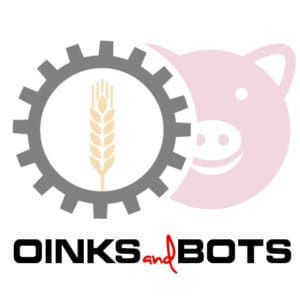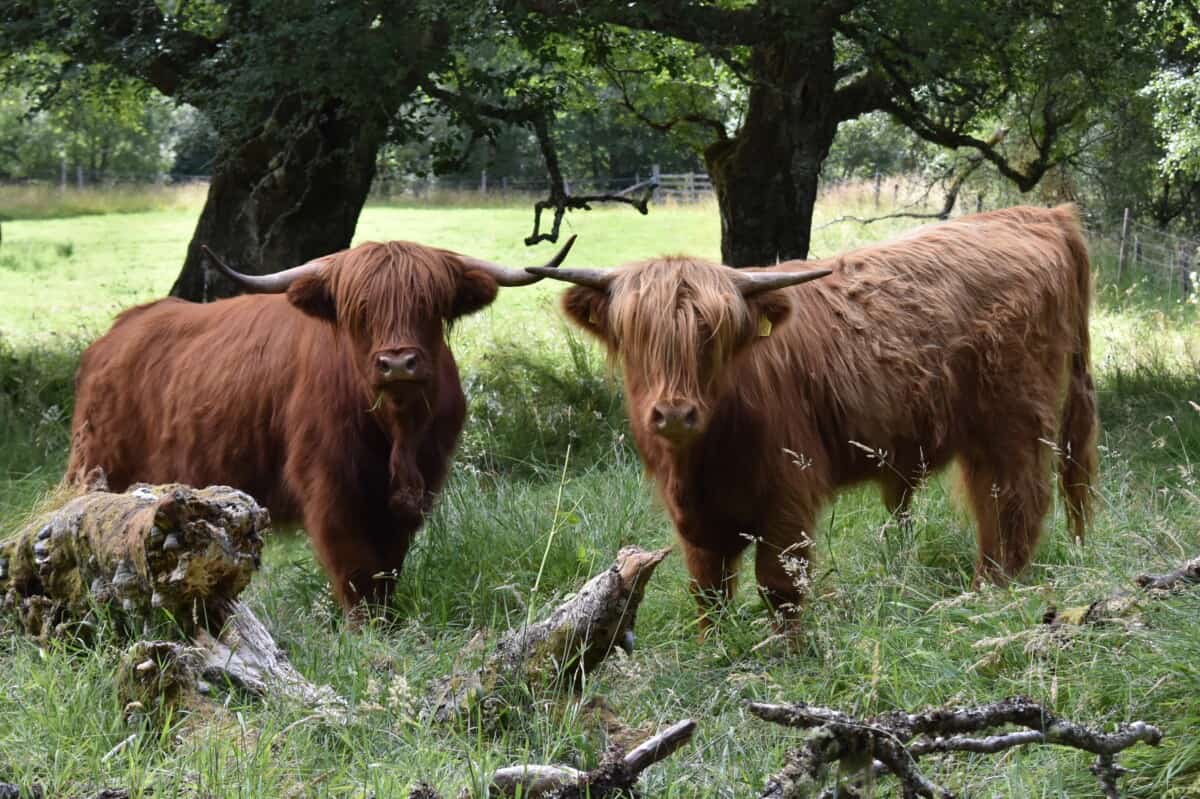In the United States and other countries with a large area where free livestock are practiced in wide-open spaces, branding is primarily used to determine ownership. To this day, strict cattle labeling regulations apply in America.
In New Mexico, where a special state commission is responsible for the maintenance of livestock, there is a definition: “A brand is a designation approved by the commission for use, which allows you to simply identify your livestock mixed with other livestock.
Each individual can have no more than one brand in a certain area of the body. No brand should be placed on top of another, so the first will be indistinguishable. “
Origin of the Brand
The original purpose of the brand as a means of determining the owner was originated in Europe. In Germany, brands served to indicate the origin of cattle from a particular cattle farm. These designations served simultaneously as a kind of quality mark.
The nobles allowed the peasants to cover their mares with their stallions. This event provided an opportunity to significantly improve cattle breeding in the respective provinces. Often, mares belonged to ordinary villagers, and foals, in turn, received a particular brand depending on their origin.
Many private farms in Europe had their own brands. As far back as 1929, there were more than 200 brands in use, and enough information about the cattle could be obtained not only by the type of brand but also by its location on a certain part of the body.
Typical locations for the brand were the left and right thighs, the left or right side of the neck, sometimes the withers or cheeks.
Cattle branding as a kind of quality mark of a certain region was known in ancient Greece. So cattle of especially high quality received a brand in the form of the letter Q on cereal. Modern German pedigree unions arose as associations of breeders of heavy-cattle on a territorial basis.
Branding Process
Today, it is generally accepted that there is one brand of a tribal union with an identification number on the left thigh. By branding, the foals are submitted to the central broods, or a special representative of the tribal union carries out branding on the farm.
Modern hot branding is carried out by a special brand, the duration of applying it to the skin of the animal is a maximum of one second. It is recommended to first shave off the hair in an appropriate area, for example, with an electric razor – this reduces the risk of skin inflammation, shortening the exposure time of the brand and later provides better “readability” of the brand.
The brand “stretches” with the growth of the skin of the foal, so its size in full-aged animals varies. So the Hanoverian metal brand – the stylized letter H has a diagonal of 6 cm. In adult cattle, the size varies from 9 to 16 cm.
Hot branding is often perceived as a kind of “torment” for the cattle. In Belgium, the use of animals so branded in sports and breeding is prohibited. In the Netherlands, in 2002, a 5-year moratorium was imposed on this ban.
An alternative to hot branding is cold branding and microchips. Nevertheless, in most German unions it is precisely hot branding that is used, since it is easily recognizable and, at first glance, indicates the registration of a cattle in a tribal organization.
Under the sign of the tribal association is a number of 2 digits – the serial number of the foal of a given year of birth in the tribal union.
Branding in General
In herd cattle breeding, it can significantly simplify the accounting of animals. In the area of the shoulder blade or thigh, as a rule, indicate the individual number of the cattle, often also the year of birth and the logo of the economy.
Branding is carried out in the fall, before weaning from mothers. For branding, it is customary to drive cattle into a special split. Often, stallions and fillies of the current year of birth are branded separately by serial numbers, often this is done following the timing of birth.
2 Methods of Branding: Hot and Cold
During hot branding, the brand is applied to the skin of a cattle with a hot iron. The skin should be dry at the point of branding and the hair trimmed, otherwise, a severe burn is possible.
A hot brand is clearly visible from afar, but often with an insufficiently hot brand, the signs are unclear, in addition, the quality of leather raw materials decreases.
Therefore, there was introduced a cold method of branding: metal brands are cooled in liquid nitrogen to -196 degrees Celsius. With strong cooling of the skin, the cells in which the pigment forms are destroyed, as a result of which white un-pigmented hair grows at the place of application of the brand.
For applying the brand, special devices are used. An important condition for obtaining a clear picture is the immobility of the cattle since the brand must be explicated for 30-40 seconds. The place of branding, as a rule, is the area of the withers – the so-called brand “under the saddle” – is trimmed, moistened with alcohol.
The disadvantage of this method is the relatively high cost of liquid nitrogen, the complexity of its storage conditions and handling rules, in addition, many household brands on the thigh are considered unaesthetic.
Meaning of the Brand Alphabet
A Jimmy Stamp Mentioned in his research: “At its most basic, a cattle brand is composed of a few simple letters and numbers, possibly in combination with a basic shape or symbols like a line, circle, heart, arc, or diamond. These characters can also be embellished with serif-like flourishes to create myriad “pyroglyphics”.
Such serifs might include extraneous “wings” or “feet” added to a letter or number. Each character can also be rotated or reversed. Every addition and variation results in a unique character that is named accordingly. The letters with “wings” for example, are described as “flying” while those with “feet” are, you guessed it, “walking.” An upside-down character is “crazy” while a 90-degree rotation makes a character “lazy.”
These colorful designations aren’t just cute nicknames used to identify the characters, but are actually a part of the name, a spoken part of the brand language, which like most western languages is read from left to right, top to bottom and, perhaps unique to brands, outside to inside.
Serifs and rotations are just two of the primary ways brand letters can be modified. Multiple symbols may be joined together forming a type of ligature– a term used in typography to describe a single character representing two or more letters.
Today, the most successful trademarks and brand identities are the simplest and easiest to identify. Not only is it easier to read a simple brand, but its less painful for the livestock.
However, it can’t be too simple because the brand itself also serves as a means to combat theft and fraud, in much the same way that the swoosh is also an indicator of authenticity. Cattle rustlers would sometimes use a hot iron to alter brands into a similar graphic, then claim the cow as their own.”
Other Alternatives
As we learned, labeling of agricultural animals, allows you to keep track of their origin. There are other several methods to achieve this goal:
- Tattoo on the ears with special forceps;
- Plucks or breakdowns on the ears according to the conditional key system, where each pluck represents a certain number.
- Attachment to the ears- metallic or plastic tags, buttons, clips with numbers stamped on them (labels are periodically checked and restored in case of loss);
- The use of collars with numbers printed on them (used for marking cows in large complexes and dairy farms
Today cattle branding is not that popular and most of the farms prefer to use other methods. This is due to the fact that other methods are more human and does not cause the suffering of an animal.

